That’s a very catchy cover and title for Margot Fedoruk’s memoir published this Fall by Heritage House. The cover illustration is by Setareh Ashrafologhalai who also designed the book’s interior.
Margot, who lives on Gabriola Island, B.C., has lived in several places in Manitoba, Alberta and British Columbia and has had several diverse jobs and trainings in her life. One of her BAs, with a major in Creative Writing, is from Vancouver Island University in Nanaimo.
She has written some beautiful passages about her life from its early years in Winnipeg through to her years on the West Coast and she includes recipes throughout her memoir. The food prepared from those recipes as well as friends, certain family members, and her own fortitude have seen her through.
The introduction to Cooking Tips for Desperate Fishwives describes an event that is meant to have readers wanting to know more about this couple (which it does!): “The night I ran over Rick with my car, I was over four months pregnant with our first daughter.”
Rick, her husband who is a West Coast urchin diver, was okay and as earlier that evening before their argument Margot had made vegetarian lasagna, it’s the first recipe included in the book: Killer Lasagna (Garlicky Vegetarian Lasagna).
The memoir then goes back to Margot’s early life growing up in a Jewish neighbourhood in Winnipeg. She writes of her Ukrainian Little Baba, her father’s mother Antoinette Zapotoczny, who after marriage became “plain old Anne Fedoruk.” Anne’s husband was William Fedoruk who ran a store called Ideal Produce.
Margot’s maternal mother Neura was known as Big Baba to differentiate her from her other grandmother. Neura was married to her third husband, Meyer Zahn, a Polish Jew, known to Margot as Zayda. He was Margot’s favourite grandfather.
One of Big Baba’s recipes was for blinchikis or blintzes which can be filled with honey, jam or cottage cheese and strawberry sauce as Margot describes in the recipe.
Margot had a younger sister Tanya and after their parents divorced, their mother was involved with other men: Clancy and then Ronald whom she married.
The book’s chapter titles are catchy too such as “Travel Tips for Anxious Children” in which Margot describes a trip she took to Disney World with her father in 1976.
Margot’s mother Ella died of ovarian cancer and as if that wasn’t devastating enough for the two girls, they lost the family home to Ronald.
Having earned a degree in environmental studies, Margot started a physically demanding job of tree planting in northern British Columbia. She writes: “We piled into trucks called Crummies and were driven to a logging camp about thirteen kilometers away [from Prince George]. I was mesmerized by the BC landscape. The trees were taller, the flowers more vibrant than back home in Winnipeg. The clouds touched down on the curve of the highway, our truck hurtling through the layers of the stratosphere.”
Margot met her future husband Rick who was also tree planting as it was his off season from urchin diving. “Rick did not look like someone who would change my life. He drove an orange VW van with a picture of Sid Vicious taped to the window.”
She returned to Winnipeg where she lived with her sister Tanya until Tanya was nearing her high school graduation. Margot then moved to Vancouver where she lived in a bachelor apartment off Robson and worked as a waitress at the Penthouse Nightclub.
Margot surprised herself when she contacted Rick through his mother in Fort McMurray, Alberta. Rick got in touch the next month from Victoria. He had been “living in a motel and diving around Sooke Harbour.” They started dating and Rick made weekend visits to Vancouver between dives off Vancouver Island.
It was on one of her visits to Victoria that Margot knew she was in love. She and Rick were “out on the dive boat called The Seeker and [Rick] laughed and pointed at a startled duck skimming the water with its wings. This was where I fell in love, out on the ocean on a cramped aluminum boat on a clear sunny day.”
They rented an apartment in Victoria and Rick continued with his diving career. And so began the many nights when Margot would hold her breath until she knew Rick was safely ashore.
At this point in the book, in a chapter entitled “Tending to Love,” it’s 1994 and Margot travels to Haida Gwaii, B.C. to work as Rick’s “dive tender.” She wasn’t very good at the job but it meant they were together.
Margot gave birth to their first daughter Hailey in Victoria. Having taken a resident care aide course at Camosun College, she got a job as a nurse’s aide “which involved shift work at the nursing home, Mount St. Mary Hospital.
The first time Margot and Rick lived on Gabriola Island was December 1999 when their daughter Chloe was just under two weeks old.
Margot had taken a magazine writing course and on Gabriola, at night, “took writing classes from the library, learning how to write children’s books, which I illustrated with pen and ink. During the day, I taught children’s art classes at the Women’s Institute Hall. I took any job that allowed me to bring Chloe along.”
Although Rick enrolled in a boat-building program at the Silva Bay Shipyard, he was always drawn back to diving and the amount of money that sort of dangerous work pays.
Margot writes further of Big Baba, Neura Litvinov, born in 1917. She flew to Winnipeg to see her when Big Baba attempted suicide.
“A few months later she was found hanging in her bathroom from the metal curtain rod.”
Margot taught her daughters to make “homemade perogies or the delicious meat-filled dumplings we called kreplach, served boiled with butter and plain mustard. I felt a flutter of pain when I looked at my oldest daughter, who loved to wear sparkling jewelry and bright flowery skirts – she reminds me so much of her. My youngest daughter’s graduation dress was embossed with brilliant, beaded seashells like those dress-up clothes I played with in Big Baba’s cool basement on those long winter days in Winnipeg.”
Included is a recipe for Russian Pelmeni referred to by Margot’s family as kreplach, “traditional Jewish dumplings, which are normally stuffed with ground chicken or beef.” As she writes: “Like many things in our family, recipes have been mixed up and borrowed from other world cuisines.”
One of Margot’s more lucrative paying jobs was housecleaning on Gabriola. She also took up soap making and other crafts she could sell at the Gabriola Farmers’ Market.
 Her Starfish Soap Company required the making of “thousands of bars of soap to sell to tourists and a growing list of island customers.” She found she could use nettles from “the marshy area at Whalebone Beach” for the tops of homemade pizza as well as for geranium and lavender nettle shampoo bars.
Her Starfish Soap Company required the making of “thousands of bars of soap to sell to tourists and a growing list of island customers.” She found she could use nettles from “the marshy area at Whalebone Beach” for the tops of homemade pizza as well as for geranium and lavender nettle shampoo bars.
A recipe is included for Wild-Crafted Stinging Nettle Pesto as well as for Starfish Soap Company’s Famous Pink Himalayan Salt Bars.
Before his recipe for Rick’s Easy Spicy Chicken Wings, Rick offers his perspective about coming home with his dive bag full of stinky work clothes. He mentions a T-shirt Margot bought him “because wearing it makes me not so homesick. She doesn’t know that it’s hard for me to leave. Sometimes the homesickness feels unbearable.”
Margot’s photo: Vital Image Photography
After years of Rick working away from home and coming close to breaking up on several occasions, he and Margot moved to Calgary where he could work for his cousin’s electric company. Margot “enrolled in an online office administration course.”
She had taught herself to type” with excerpts from classics like Franz Kakfa’s Metamophosis or J. M. Barrie’s Peter Pan.”
Rick couldn’t stay away from his work as a diver though and Margot cried “don’t leave!”
“It was like the night of the killer lasagna all over again, but this time it was Rick who was pushing for change.”
They moved back to Gabriola Island “also known as Petroglyph Island, with over seventy rock carvings scattered across the island.”
In a chapter entitled “Shade of Towering Cedars,” Margot writes of “walking a trail in Sandwell Provincial Park with Chloe, who has lived on Gabriola Island for most of her eighteen years. We were headed to find an ancient Snuneymuxw cave burial site near the cliffs.”
Vancouver Island University (VIU) Elder-in-Residence C-tasi:a – Geraldine Manson has written a book that looks at the history, stories and meaning behind the petroglyphs on Gabriola Island and in the Nanaimo area.
The book, Snuneymuxw History Written in Places and Spaces: Ancestor’s Voices—An Echo in Time, was written parallel to a project at the Gabriola Museum and helps to share the background of the images. It’s available there and through Strong Nations Gifts & Books.
“Some of these images are considered spiritual and continue to be used in sacred ceremonies,” Geraldine says.
As with others in Nanaimo and area, Margot went to London Drugs to buy a marriage licence. She was fifty-three years old and had never been married. “After twenty-seven years it might really happen,” she writes.
The wedding was a surprise to Margot and Rick’s daughters although having people over for Christmas Eve was something new.
As for Margot, she writes: “When I retell the story of our wedding, I love emphasizing the surprise aspect of the event, how Chloe and Hailey never suspected a thing – because maybe I had, in fact, surprised myself at how much I had wanted to marry Rick.”
Their honeymoon was in Campbell River where they stayed at the Ramada Inn. Rick left for the dive boat every morning and didn’t return until twelve hours later.
Back home on Gabriola, Margot reflects: “There are times when Rick is gone, and my emotions ache at the base of my throat – like the sharp spines of a fish. I wish for a goddess of storms; a benevolent woman listening to the prayers to take mercy on desperate fishwives, who peers down from the clouds with a compassionate face. Like Little Baba’s Mary. I imagine she understands the late-night murmuring of women waiting at home for their men. I pray for Rick to be heading home safely down the highway with his dive bag full of damp clothes, pungent with the scent of diesel fuel and sweat. This goddess for fishwives. . . . is the saint of desperate fishwives, non-denominational, wise, all-knowing, and a good cook to boot.”
In her chapter entitled “Like a Fish to Water” from which the above passage is taken, Margot includes a recipe for Sea Urchin Fettuccine with BC Spot Prawns.
In the epilogue to her memoir, Margot reflects on a “Day Minder 1991” that her late father gave her. In it are scribbled notes and “a hodgepodge of recipes.”
She writes: “it is an ancient artifact that tells the story of what our family ate, and how we entertained ourselves with complicated recipes to keep from going mad on long rainy days.”
Included in her notebook and in her memoir is Pizza Dough for the Bread Machine, a recipe Margot made at least once a week. It calls for a cup of water or a cup of beer if you have it. Margot says: “I would use the tinny Lucky beer from a can in Rick’s dive bag, which I would find rolling around between his wool socks.”

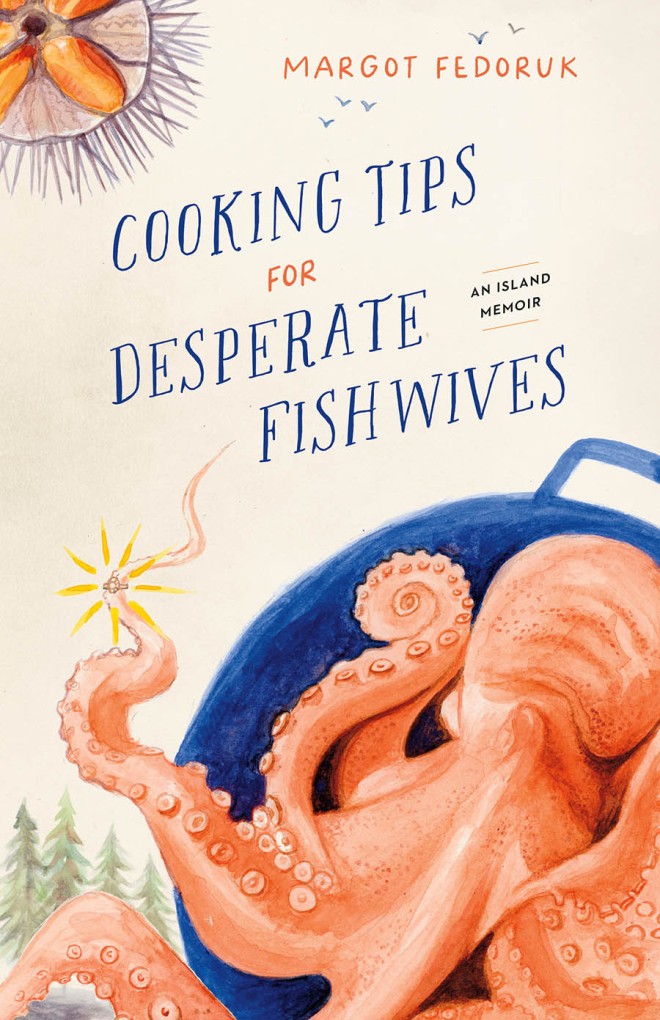
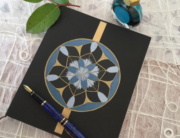






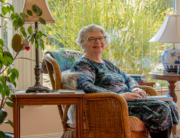



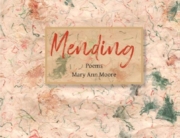
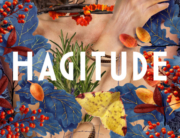


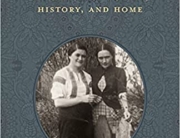


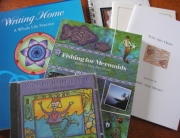

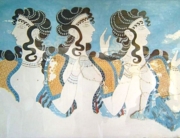

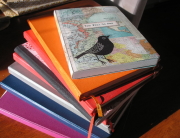


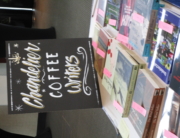


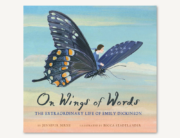
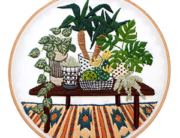
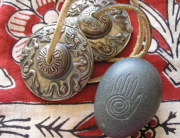
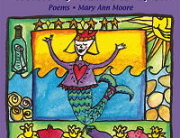
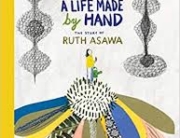
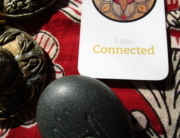


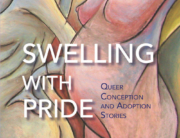
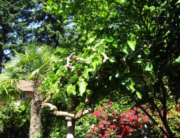
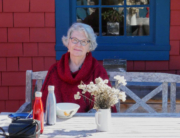



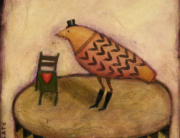






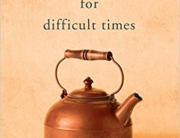


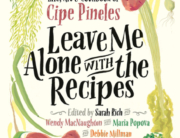
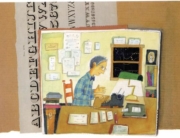
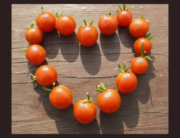



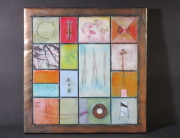
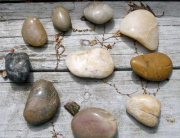


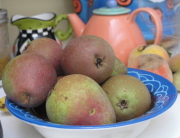

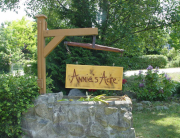

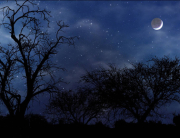


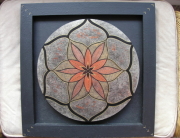

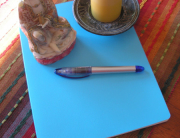

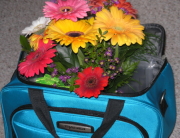
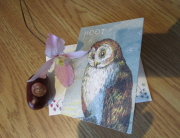
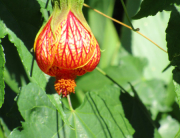
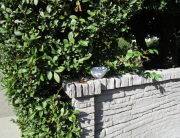
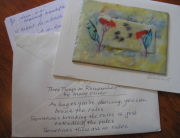
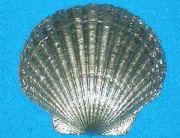
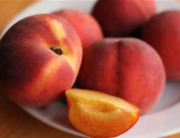

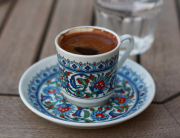
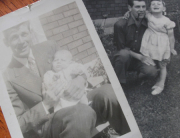
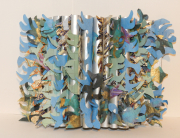
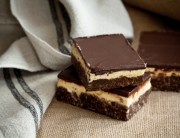
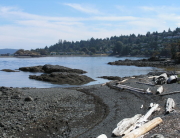


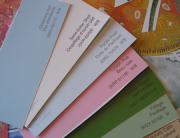

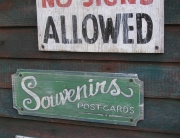

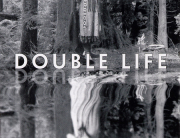
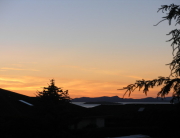
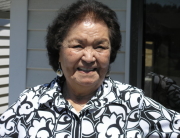
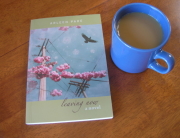



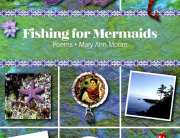
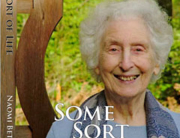

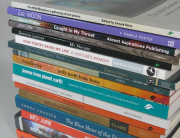
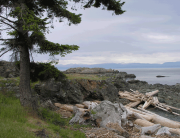
Looks so intriguing! I want to read this – thanks! (I think there is a mistake in your subtitle, which is in orange lettering, unless it was intentional. You have “Cooking Tips for Desperate Housewives” rather than the real title of “…….Desperate Fishwives”.)
Thank you Jan, I’ve corrected that! Fishwives, not those “desperate housewives” of the past but I guess I had them in mind!